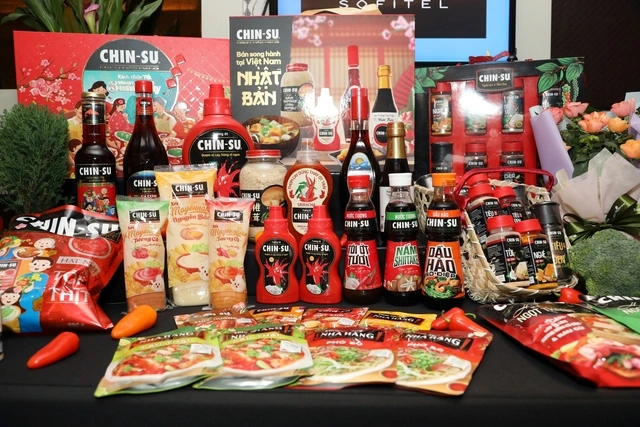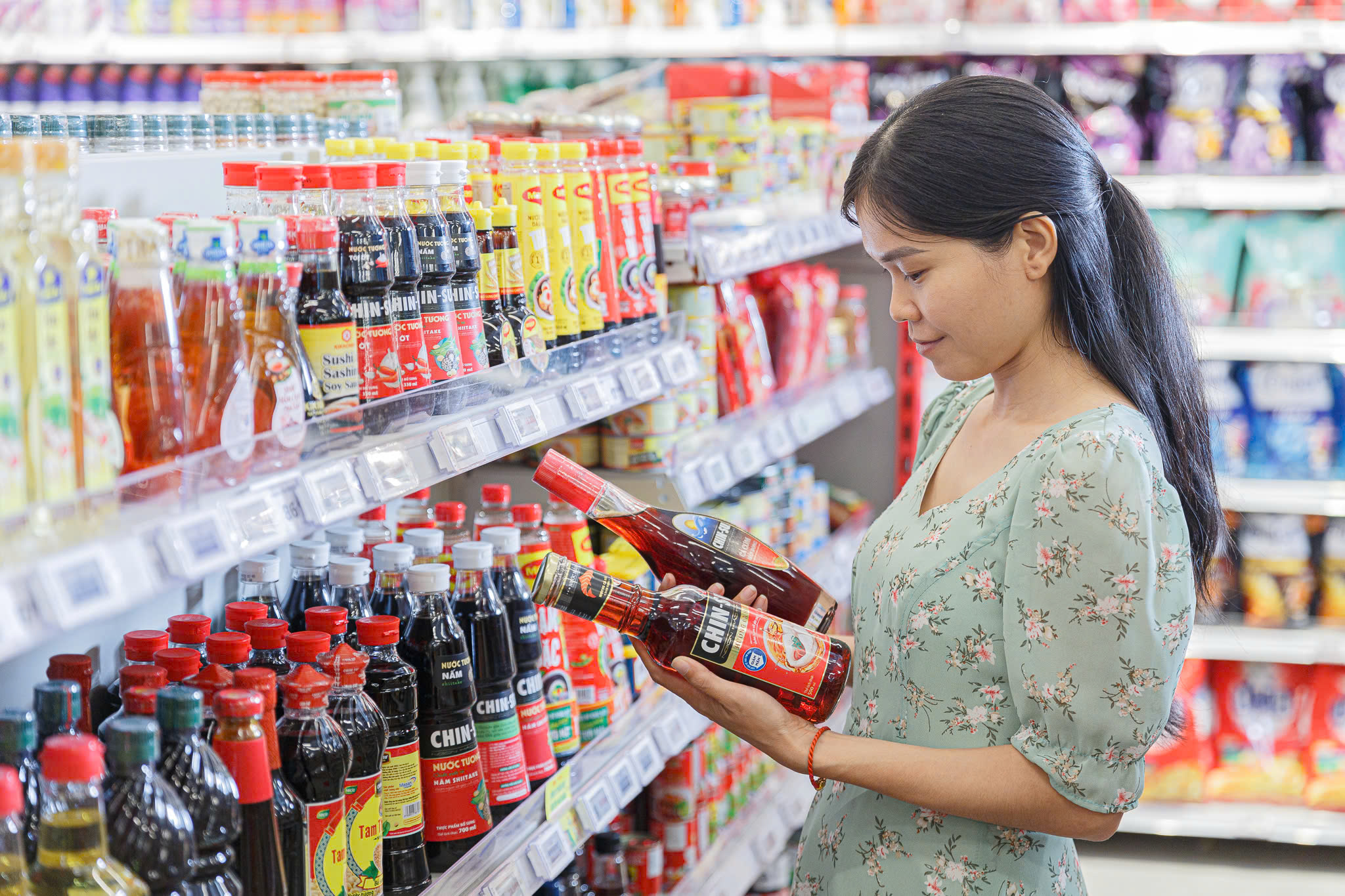
Nhiều hoạt động quảng bá ẩm thực đặc sắc cùng tinh tuý món ngon chế biến cùng nước mắm tới du khách trong và ngoài nước.
Nước mắm được coi là “Di sản truyền khẩu” được cấu thành từ cá biển và muối ủ chượp nhiều tháng mới “nhỉ” ra dòng nước tinh khiết vàng sánh tạo nên hương vị đậm đà tự nhiên. Ngay từ thế kỷ thứ X, nước mắm đã trở thành nhu cầu không thể thiếu trong chế biến món ăn phục vụ đời sống hằng ngày.
Mới đây, để quảng bá đặc sắc ẩm thực Việt Nam, Hiệp hội Văn hóa Ẩm thực Việt Nam, Hiệp hội Nước mắm Việt Nam, Hiệp hội Thủy Sản Việt Nam, Hội đầu bếp Hoàng Gia, Liên chi hội Phở Vân Cù, Hiệp hội ẩm thực Pháp Việt, Hội đầu bếp chuyên nghiệp TP Phú Quốc, cùng với các nghệ nhân và đầu bếp Topchef đã gặp mặt tại Lễ hội ẩm thực tại Phú Quốc. Tại đây, dưới bàn tay tài hoa của các nghệ nhân ẩm thực, nhiều món ngon được các nghệ nhân chế biến bằng nguyên liệu địa phương, trong đó có nước mắm.

Dưới đôi tay khéo léo cùng sự am hiểu ẩm thực, các nghệ nhân đến từ Hiệp hội Văn hóa Ẩm thực Việt Nam đã sáng tạo nên các món ăn đặc sắc và gần gũi như bún nem, phở cuốn, gỏi… Các món Âu, Fusion cũng sử dụng nước mắm làm điểm nhấn vô cùng tinh tế, từ món mực lá tươi xốt mayo nước mắm và vỏ trái Phật thủ, gan ngỗng nước mắm, đến món kem nước mắm…
Được chế biến từ những con cá cơm, nước mắm Phú Quốc đặc biệt và nổi tiếng từ lâu. Thương hiệu này đã được Bộ Văn hóa, Thể thao và Du lịch công nhận là Di sản văn hóa phi vật thể cấp quốc gia từ cuối năm 2022. Phần lớn các nhà thùng nước mắm quy mô lớn ở TP Phú Quốc tập trung chủ yếu ở hai phường Dương Đông và An Thới, nơi có cư dân khá đông đúc, có cảng cá, điều kiện giao thương đường biển, đường sông (sông Dương Đông) thuận lợi. Các nhà thùng nổi tiếng tại đây như Thịnh Phát, Khải Hoàn, Phụng Hưng… Hằng năm, các cơ sở sản xuất nước mắm ở Phú Quốc sử dụng khối lượng khá lớn nguyên liệu cá cơm, với khoảng 25.000 – 30.000 tấn ủ chượp để cho ra sản lượng 25 – 30 triệu lít nước mắm có từ 20 độ đạm trở lên.
Phú Quốc cũng là nơi đặt nhà máy sản xuất nước mắm cốt của Masan với diện tích hơn 22.000m2, với gần 500 thùng ủ chượp có sức chứa hơn 10.000 tấn cá mỗi năm. Nhà thùng kế thừa cách ủ chượp nước mắm cổ truyền, và từng bước phát triển hơn cho chất lượng nước mắm với các bước chuẩn hóa quy trình ủ chượp và áp dụng hệ thống quản lý theo tiêu chuẩn quốc tế như: ISO, HCCP, Codex HACCP, EU Code…
Theo Phó giáo sư – Tiến sĩ Trần Đáng, Chủ tịch Hiệp hội nước mắm Việt Nam, với việc sản xuất nước mắm theo phương pháp truyền thống, kết hợp với công nghệ chế biến, đóng chai hiện đại hiện nay đã giúp cho người tiêu dùng được thưởng thức nước mắm mang đậm hương vị Việt Nam. Hiệp hội Nước mắm Việt Nam có kế hoạch phối hợp với Hiệp hội Văn hóa Ẩm thực Việt Nam lên Đề án “xây dựng và phát triển văn hóa ẩm thực Việt Nam thành Thương hiệu Quốc gia, nhằm đưa nước mắm, gia vị cốt lõi của các món ăn Việt lên tầm cao mới. Đồng thời chung tay xây dựng bộ hồ sơ để nghề làm nước mắm sớm được công nhận là Di sản văn hóa phi vật thể của Việt Nam.





